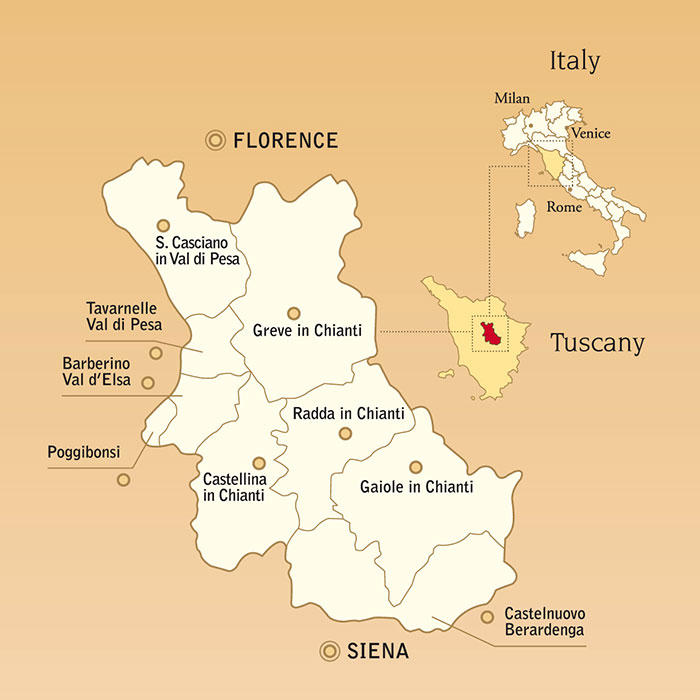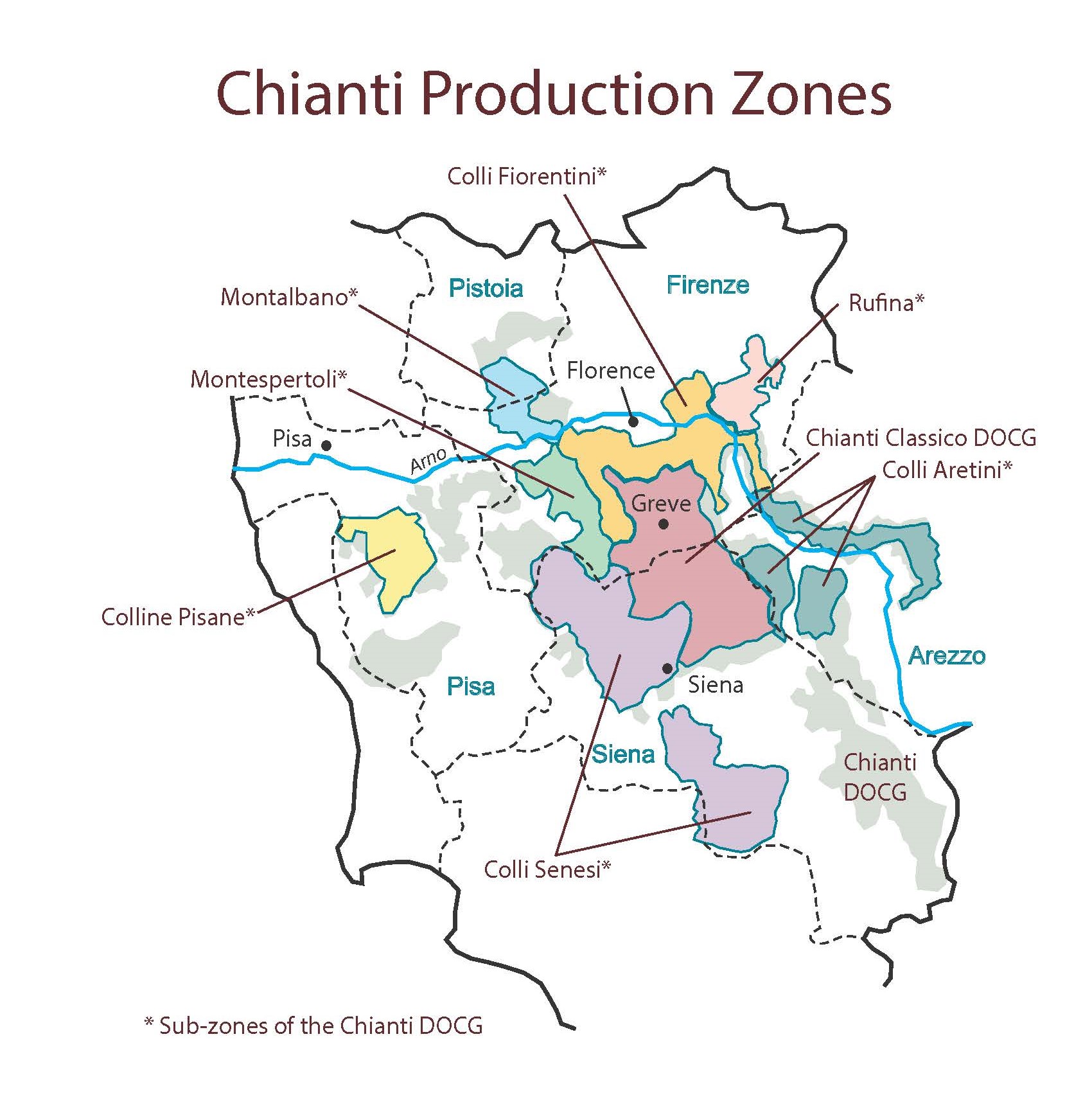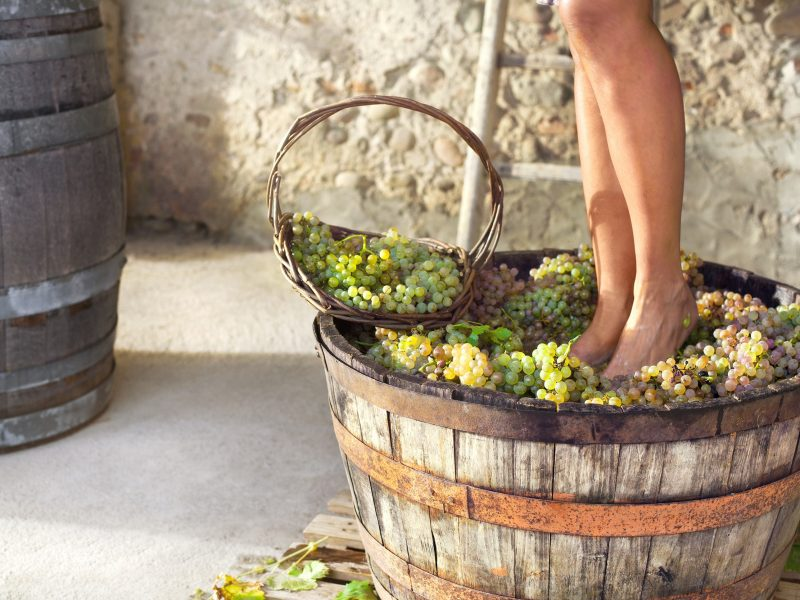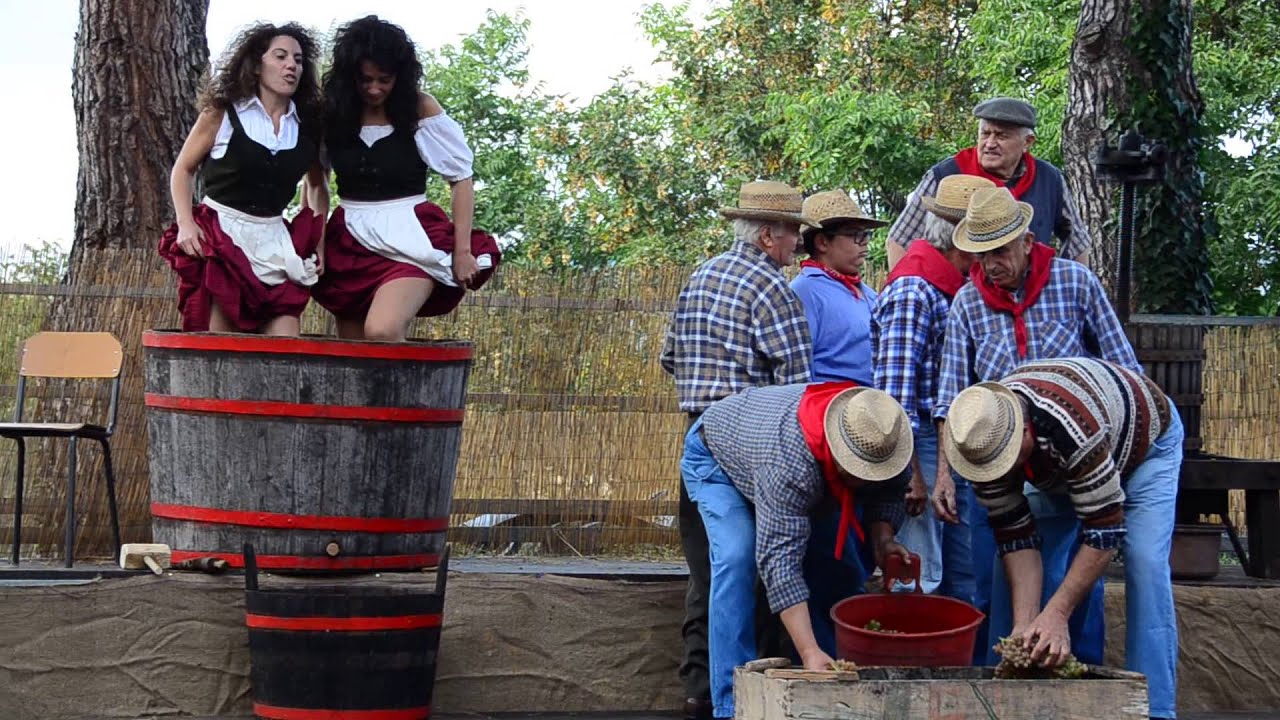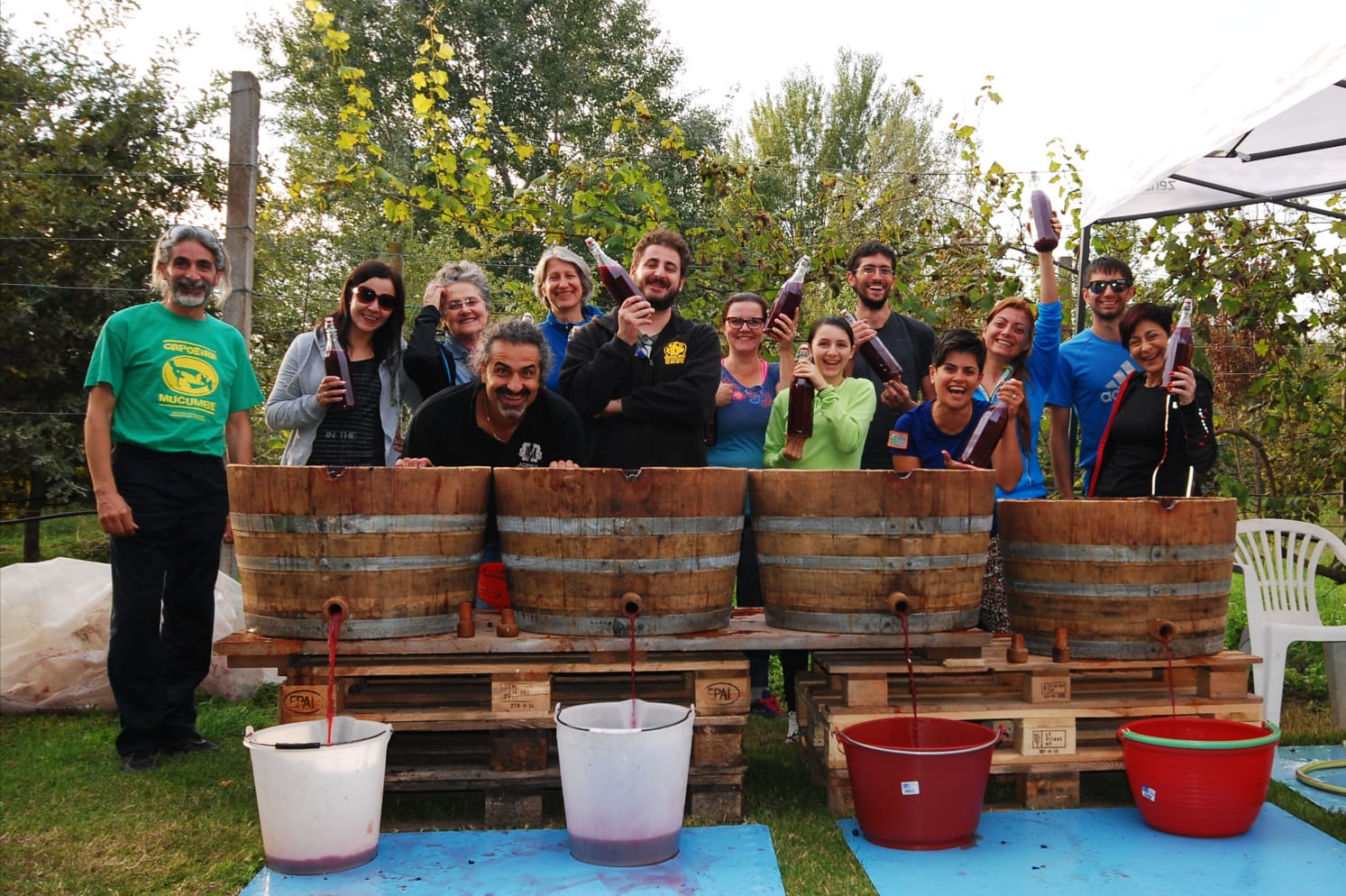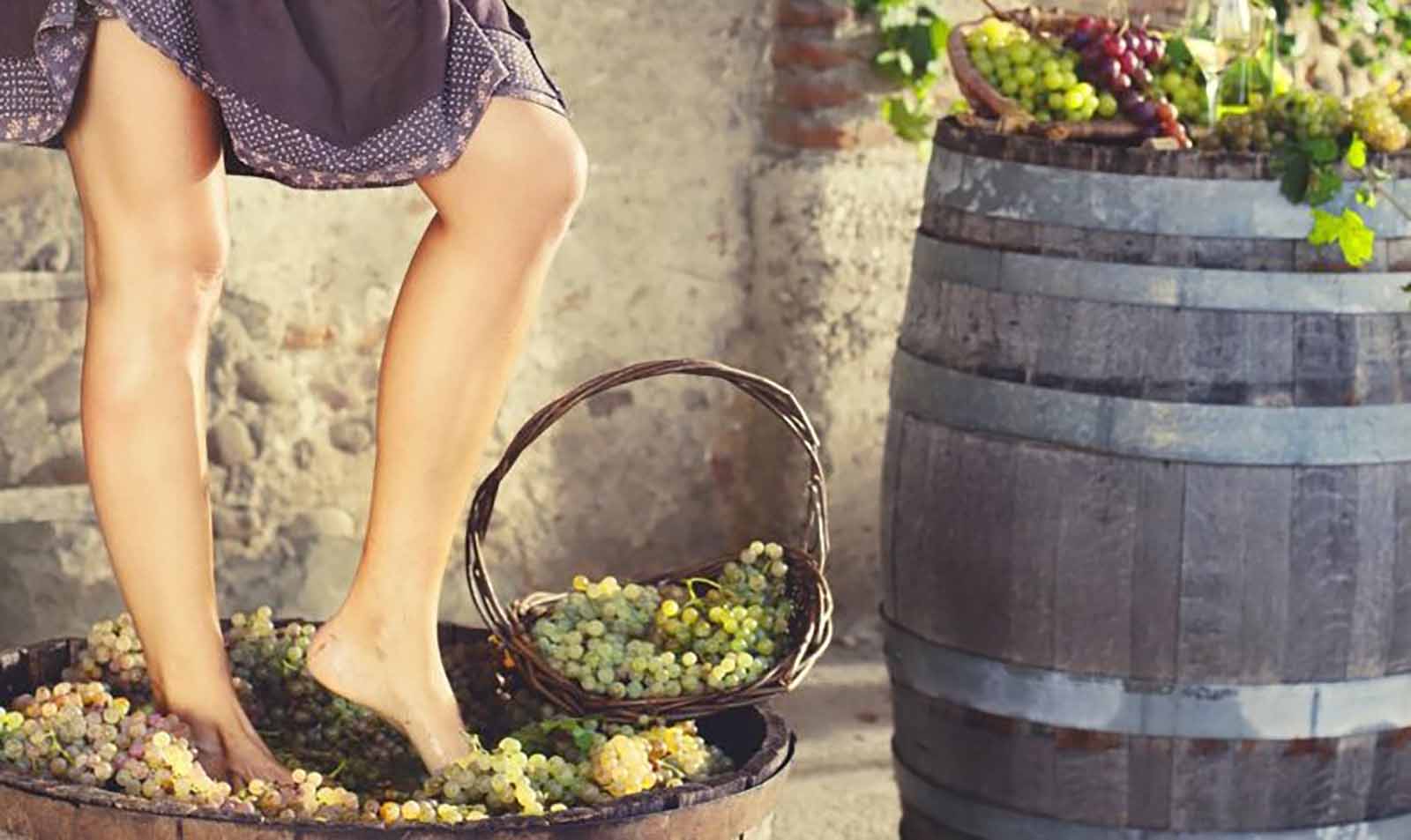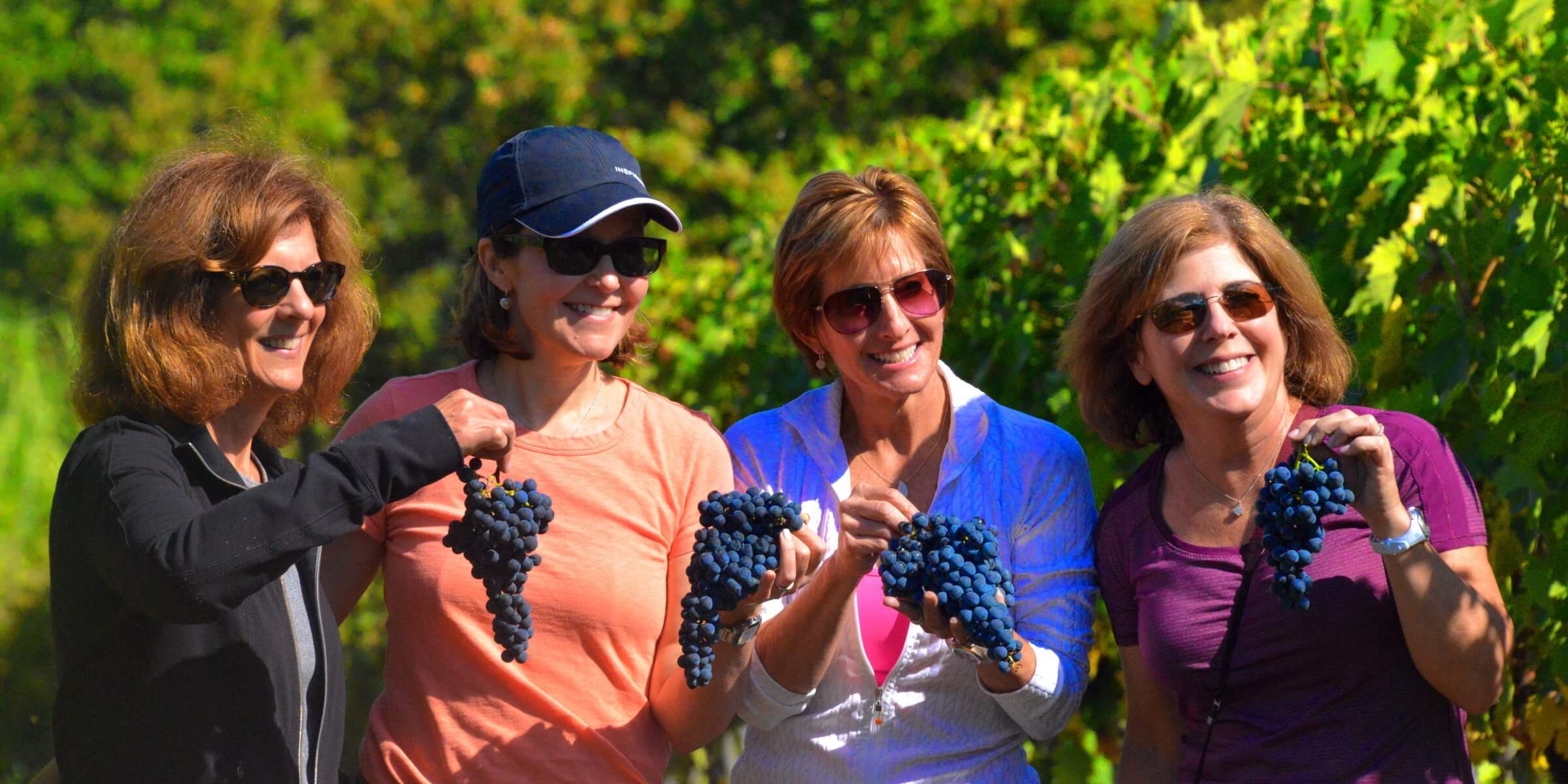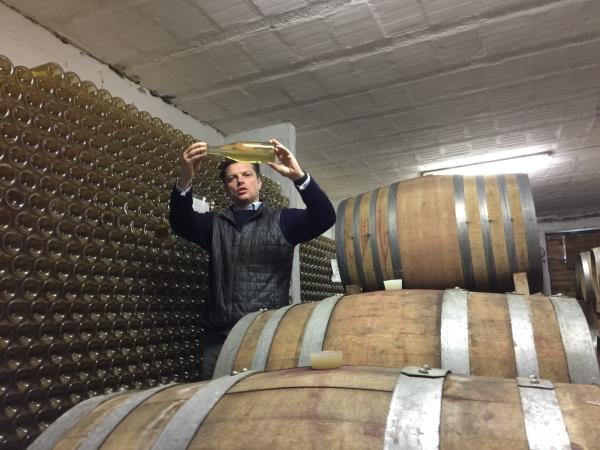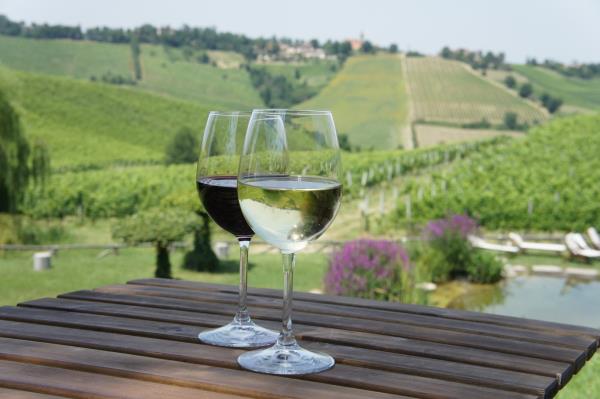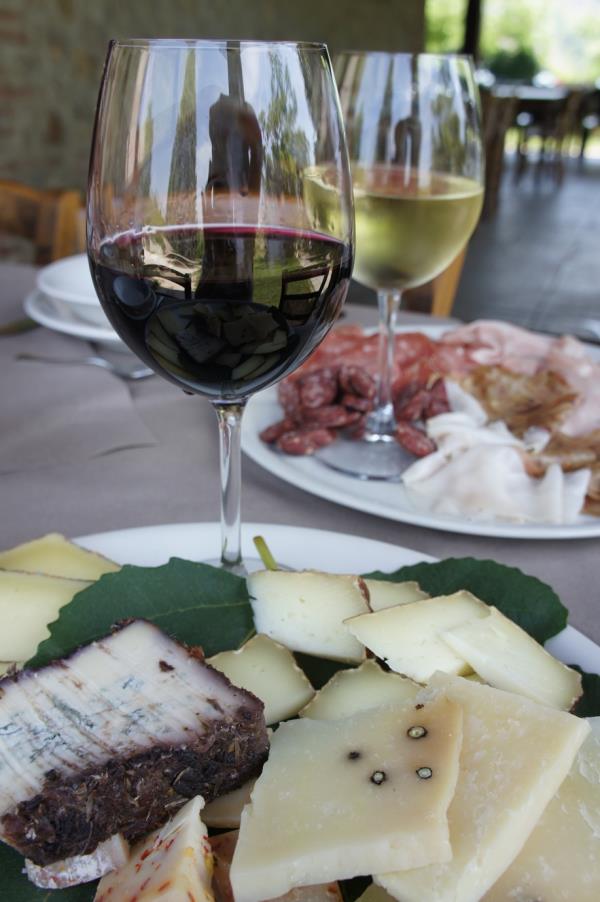Chianti, Italy, is a region of Tuscany famous for its namesake red wine. Also referred to as the Chianti Classico region or the Chianti Hills, Chianti lies in the very center of Tuscany, between the larger cities of Florence and Siena. To the east lies the Chianti Mountains, and the area is bounded on the west by the Val di Pesa (Pesa Valley) and Elsa River. Due to its proximity to Florence and the A1 Autostrada, Chianti is an easily accessible region of Tuscany—perfect for a detour of a day or more for taking in the scenery, visiting medieval hilltowns, and touring local wineries.
Chianti Wine
While grapes for wine are grown in every region of Tuscany, Chianti, or Chianti Classico, may be the most familiar to people in the U.S. If you’ve ever been in a traditional Italian restaurant and see those wicker-covered wine bottles—often with a candle stuck in them—you’ve seen a Chianti bottle. Made mostly from Sangiovese grapes, Chianti was once thought of as a cheap table wine—and there’s still plenty of good, inexpensive Chianti out there. But beginning in the late 20th century, some winemakers sought to elevate Chianti to a higher level of quality.
Today, Chianti wine is sometimes referred to as the “Bordeaux of Italy,” due to its flexibility in blending and variability in style. Chianti is available at all price points, ranging from a few euros a bottle up to hundreds of euros for a single bottle. You may still find it bottled in a fiasco — that ubiquitous straw-covered bottle, but probably only in souvenir shops and the duty-free store at the airport. For more information on visiting wineries, read our article “What to Know Before You Go Wine Tasting in Chianti”.
The Ultimate Guide to Visiting Chianti (Tuscany)
Please note: If you want to book this tour 48 hours before the date
you must first request if it is available by sending a message
via whatsApp at +393483146644.
If we confirm availability you can buy it.The Complete Guide to Visiting Chianti
Description
Getting Around Chianti
The main north-south road through Chianti Classico is the state road number 222 (SR222), shown on the map and known as la Chiantigiana. The Chianti area was delimited in 1932, and the boundaries have stayed the same since. Chianti Classico is “the oldest zone of origin” of Chianti. Travelers can stay at various lodging options, ranging from small hotels in towns to agriturismo accommodations, often set amid beautiful vineyards or olive groves.
Most visitors to Chianti arrive by car. The SR 222 can be picked up just southeast of Florence or north of Siena, and it winds through the heart of Chianti. The SR 429 runs east to west and connects Castellina in Chianti with Radda. Both roads are two-lane most of the way, and wind, climb, and curve their way through some of Tuscany’s most iconic countryside. Train lines skirt Chianti, but none pass through the towns of the region. If you’re committed to seeing Italy by train, it’s best to travel by train to Siena or Florence, then arrange a private or group tour of wineries and smaller towns.
Places to Visit in Chianti
Greve in Chianti: The center of Chianti Classico is the town of Greve in Chianti. It’s not the most picturesque town in the region, but it has a pretty town square and several good restaurants and makes a convenient base for exploring the region. The town has a weekly market on Saturday mornings, and there is a wine tasting center on state road 222 where you can taste wine, olive oil, and sweet Vin Santo, a dessert wine. Travelers can gather additional information at the tourist office located at Piazza Giacomo Matteotti 10.
Montefioralle: Montefioralle is a fraction of Greve in Chianti in the province of Florence, at a distance of 1.2 km from the municipal capital. The oldest documented memory dates back to February 6, 1085 when an act was drawn up in the Monteficalli castle. The castle was mentioned several other times at the beginning of the XII century as a curtis in which official deeds were drawn up, deeds preserved in the Badia a Passignano archive. Among these documents, the one dated 4 March 1122 is of particular interest; in that document the sale of a good is certified between such a Bucket of Gerardo and Gisla of Guinildo together with the mother Ermengarda of the late Rolando, the characters of this story all bear a name of Germanic origin so much that it was assumed that they were exponents of a noble family of Lombard lineage. In later times the castle and village of Monteficalle was owned by the Ricasoli, Benci di Figline and Gherardini di Montagliari. The village was located along a road called via del Guardingo di Passignano, this road connected the three main valleys of the southern part of the Florentine countryside, the Val d’Elsa, the Val di Pesa and the Val di Greve with the Upper Valdarno. In ancient times the castle was known as Monteficalle and then became Montefioralle in the 18th century. The town developed around the highest part which corresponds to the ancient feudal settlement. Developing around the ancient castle, the village has taken an elliptical shape, consisting of a radial road from which alleyways that all lead to the feudal formwork unfold. Today, a mighty rectangular structure remains of the ancient formwork, with a lining made of Alberese stone. The complex, now demolished and reduced to residential use, should date back between the end of the 12th and the beginning of the 13th century. All around the built-up area there are the walls that repeat the shape of the village. The parts of the walls still preserved today have the remains of some towers, now converted into houses, and the three access doors, all open directly into the walls. The walls made entirely of peeled stone are to be dated between the end of the thirteenth century and the beginning of the fourteenth. The urban fabric shows a very unified style, characterized by buildings with medieval structures. Among these buildings there is a house believed to have been owned by the Florentine navigator Amerigo Vespucci and another that has a fine pointed portal with a Bigallo coat of arms on it. The sacred building of the village is the church of Santo Stefano. In the vicinity of Montefioralle there is the parish church of San Cresci which still preserves the Romanesque structure, with a facade preceded by a narthex and equipped with two mullioned windows.
Radda in Chianti: Set midway between Siena and Florence, hilltop Radda in Chianti has been inhabited since the 9th century. Much of the current town dates to the 14th-16th centuries, so Radda retains its authentic medieval feel. Radda is pretty and well-kept, with the oldest parts of the town contained in the old castle wall and limited mostly to pedestrian traffic. Wine tourism rules here, so there are plenty of wine bars, tasting rooms, gift shops, and restaurants ranging from cozy and casual to high-end.
Radda in Chianti is an Italian town in the province of Siena in Tuscany. The area around the capital has been inhabited since 2000 BC, as evidenced by the archaeological area of Poggio la Croce where the remains of an ancient village emerged and where, during the excavations carried out in the last decade, they were brought to light many exhibits. Later, even if very few traces have emerged, the presence of an Etruscan village can be assumed. By the fall of the Western Roman Empire, in the 5th century, small agglomerations of a rural nature had already formed in the area, which still exist today; these villages were Castelvecchi, Monterinaldi, Volpaia and Radda itself. Between the 9th and 10th centuries the area of Radda saw the birth of the feudal society which involved the building of the villages. The first certain document in which Radda is mentioned is a diploma from 1002 in which Emperor Otto III confirmed the donation made by Countess Willa in favor of Badia Fiorentina. The locality Radda appears in many documents of the Badia Fiorentina until the XII century. Ramda judicaria fiorentina et fesulana is reported in a document of the Badia a Coltibuono of 1041. On 25 May 1191 the emperor Henry VI granted the castle of Radda and its court in fiefdom to the Counts Guidi, the same fiefdom was again confirmed by the emperor Frederick II, even if already in the thirteenth century the territory of Radda was dependent on Florence . The castle was sacked by the Sienese in a raid in 1230 while in 1268 it was occupied, together with other localities in the Chianti region, by French troops led by Carlo I d’Angiò. A new occupation and a new heavy looting Radda suffered it during the second Aragonese invasion in 1478. Administratively Radda was the capital of the Lega del Chianti, including the territories of Radda, Gaiole and Castellina. From the end of the thirteenth century it became the seat of a podestà appointed by the Florentines and in the municipal statute of 1415 Radda was confirmed as the capital of the League. Among the podestàs of Radda is Francesco Ferrucci. In the seventeenth century, after the conflicts had ended, the castles were transformed into stately villas in which the owners dedicated themselves to the production of wine. Radda in Chianti was visited in 1773 by the Grand Duke Pietro Leopoldo who found it far from everything. As a consequence of the visit, the roads were improved but the territory of Radda was always poor and isolated. The affection for the Habsburg-Lorraine dynasty remained strong for much longer, if we consider the fact that at the plebiscite of 1860 for the annexation of Tuscany to Sardinia, Radda voted against (281 yes out of 581 voters, out of 879 entitled]). This situation reached its climax in the 1950s when the depopulation of the countryside, a phenomenon common to many areas of Chianti, reached its peak. In the seventies the rediscovery of these places began and slowly all the castles, villas and individual farmhouses were restored and farmhouses and farms were planted there.



